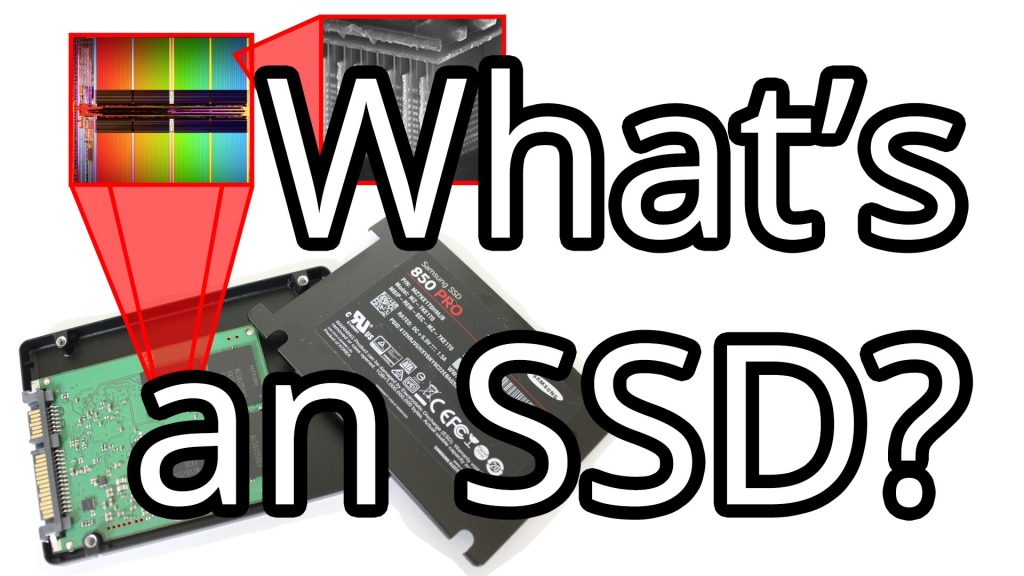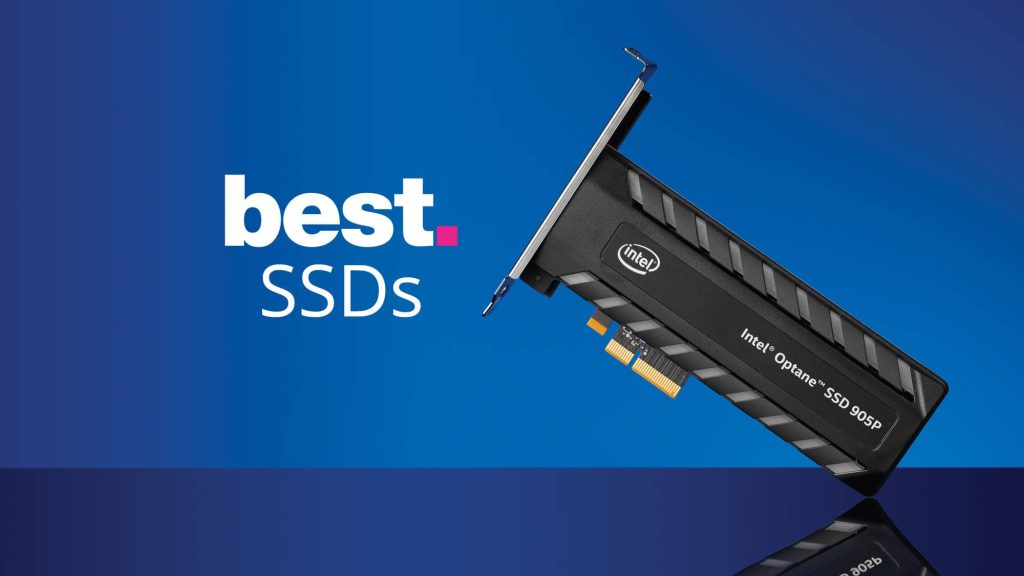Types & Features of Computer SSD Drives: SLC, MLC & TLC

Functional characteristics of an SSD
After Solid State Drive (SSD) made Flash its appearance in the computer market, it has become an almost indispensable element due to its good configuration for any device.
The differences concerning the traditional magnetic disks are overwhelming.
Not only it is about speed but also of performance. If you want to know these differences, it is advisable to get yourself relaxed as you read on.
Hard disks have a magnetic disc which by rotating, is capable of storing information just as vinyl.
When a hard disk does not have a high-performance level, it can simply stop and cause loss of information to the user.
This has been greatly reduced with the adaptation of SSD disks to computers.
Types of SSD
When you purchase a computer that has docked this technology, you must consider some functions because these guarantee an optimal performance or according to your needs, a computer for a biology student may not be suitable for a gamer or an advanced web developer.
You need to pay attention to the following acronyms and their respective characteristics.
SLC (Single-level cell)
This was the first of the group and corresponds to the minimum storage of bites per cell, that is to say, you can only store a bit in each cell of the memory.
This was very complicated since to store a single Giga. You should have ten billion cells, which is not very profitable to acquire an SSD of this generation.
MLC (Multi-level cell)
The implementation of this disk supplanted the minimum density of storage per cell, that is to say, that, in each cell, it is allowed to save a maximum amount of information.
This is one of the characteristics by which it is very common to find this type of SSD in the market although a new prototype has been launched.
TLC (Triple level cell)
With the advent of this model on the market, it has been able to abolish any thought of overcoming storage.
It is now possible to package information efficiently, covering the spaces within each cell. Market prices are also reasonable and there’s warranty support.
What is the future of SSD?
It seems that it takes very few years for the SSD to conquer the computer market although they are still distant from the magnetic disks, which each year offer reduced prices for the acquisition of devices reaching the limits of 4 GB per dollar.
Over time and with the accelerated change of globalized technology, that has presented to the world the 3d NAND or the memories of change of phase that can revolutionize the perspective of the effectiveness of the computers.
Until then, it is guaranteed to acquire an SSD above the magnetic disks. These features can be very helpful when purchasing a cell-based storage disk.








